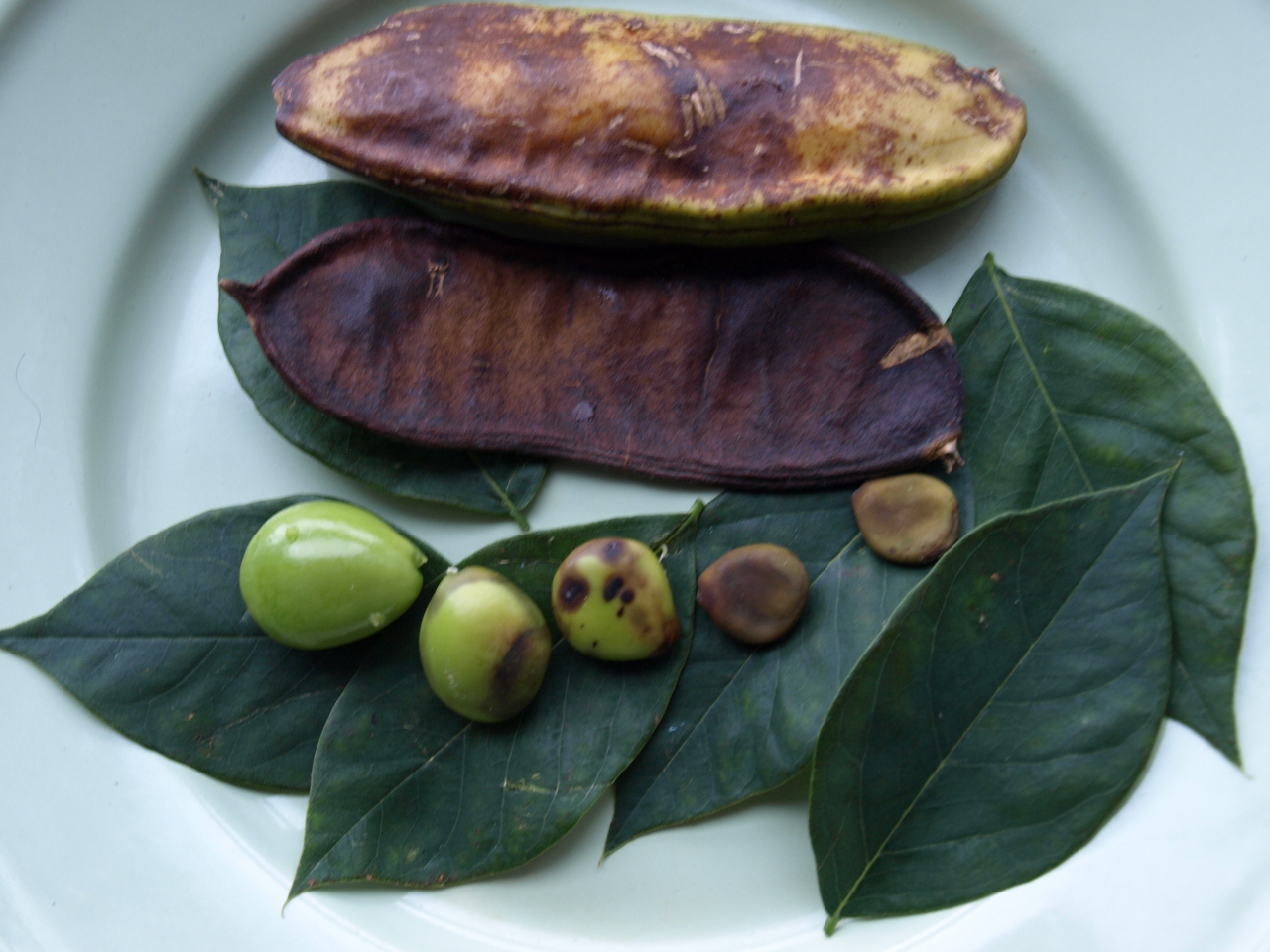14 September 2023
In the United States, the tree grows from the southern Great Lakes region east to New York State, south to Oklahoma and Arkansas with scattered populations as far south as Texas and north to North Dakota. In Canada, it is found only in southern Ontario with an estimated total population of fewer than 500 mature native trees; the uncommon and rare tree is designated Threatened in Canada under the Species at Risk Act. This tough species can stand to a variety of natural and human-influenced stressors. Nevertheless, its distribution is limited due to the separate sexual characteristics of the species – the seeds are produced only by female trees in a population. The seeds are also protected by a hard bitter pod that is rarely consumed by animals, and the heavy pod cannot be carried by winds. The fallen seeds also not germinate frequently on unfair grounds. The tree is often found in floodplains and river valleys, where moving water can carry the seeds. The tree often propagates vegetatively by extending its roots and making ramets.
Some conservatory agencies occasionally planted young trees on streets and parks across cities in Ontario. Figure 1 shown here is from such a tree in Scarborough, Ontario.
Fig.1 Kentucky Coffee Tree
Compared to other deciduous trees, it has a short growing period in a year. Its leaves fall in autumn and emerge in early spring. In May and June, greenish white flower clusters appear; male flowers and female flowers grow on separate trees. Male flowers do not produce seeds, but female flowers produce flat, green hard pods. The bean-like pods become yellowish brown and to dark brown in the fall (Fig 2 & 3).
Left: Fig.2 Tree with pods. Right: Fig.3 Pods.

Left: Fig.4 Pods and seeds. Right: Fig.5 Brown seed, pod & leaves.